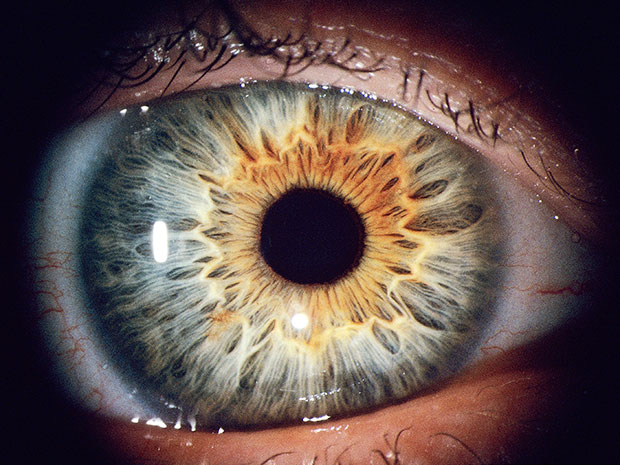At this time, little to no research has been conducted on the use of postmortem iris scanning as a biometric measurement of identification. Similar to deoxyribonucleic acid (DNA), irises are a highly individualizing components of the human body and are unique between an individual’s left and right eye and between identical twins, proving to be more biometrically distinct than DNA 1,2. Because of this, iris identification has continued to grow as a means of security both in the private and public sector, allowing for a smooth transition if the technology were to be implemented in a forensic sciences setting such as medicolegal death investigation.
Cart
Product Categories
Product tags
algoritmo genético ant colony system Arduino microcontroller Bildsegmentierung Clustering data mining face recognition genetic algorithm Gesichtserkennung Image denoising Image Processing image segmentation Kalman Filter local binary pattern Matlab MATLAB कोड MATLAB コード MATLAB 代碼 Particle swarm optimization Procesamiento de imágenes reconocimiento facial representación dispersa Sparse Representation Support vector machine Visual tracking Микроконтроллер Arduino Обработка изображений генетический алгоритм код MATLAB распознавание лиц التعرف على الوجوه आनुवंशिक एल्गोरिथ्म चेहरा पहचान छवि प्रसंस्करण छवि विभाजन स्पैस प्रतिनिधित्व 人臉識別 圖像分割 圖像去噪 画像セグメンテーション 画像処理 稀疏表示 遺伝的アルゴリズム 遺傳演算法 顔認識



